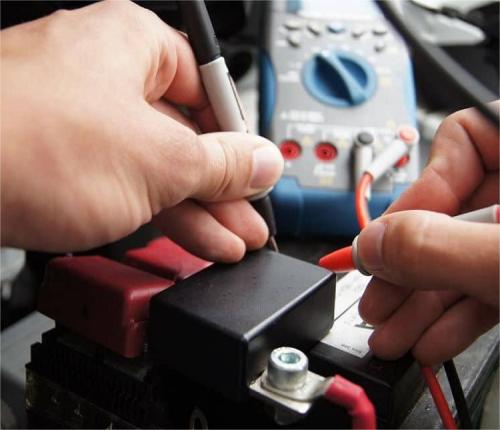Lithium-Ion Battery Care Guide
In recent years, lithium-ion batteries have become ubiquitous in our daily lives, powering everything from smartphones to electric vehicles. However, incidents like the factory fire triggered by battery explosions in South Korea serve as stark reminders of the potential dangers associated with these power sources. This incident underscores the critical importance of implementing stringent safety protocols and guidelines for the manufacture, handling, and use of lithium-ion batteries.
Firstly, understanding the root causes of battery explosions is paramount. Lithium-ion batteries can malfunction due to factors such as manufacturing defects, improper handling during transportation or storage, and external damage. In the South Korean factory fire, the exact cause is still under investigation, but initial reports point towards a potential flaw in the production process. This highlights the need for rigorous quality control measures throughout the battery manufacturing chain.
Secondly, proper storage and transportation are crucial aspects of battery safety. Batteries should be stored in cool, dry environments to prevent overheating and potential thermal runaway—a chain reaction where the battery overheats uncontrollably. During transportation, batteries must be securely packaged to prevent physical damage that could compromise their integrity.
Moreover, guidelines for the safe use of lithium-ion batteries should be widely disseminated and strictly adhered to. Users should be educated on the signs of battery degradation, such as swelling or overheating, which may precede more serious incidents. Furthermore, manufacturers must continue to innovate and improve battery design to enhance safety features and durability.
Regulatory bodies play a pivotal role in ensuring industry compliance with safety standards. Governments worldwide should collaborate with industry stakeholders to establish and enforce robust regulations that encompass the entire lifecycle of lithium-ion batteries—from production to recycling.
Lastly, fostering a culture of transparency and accountability is essential. Prompt investigation and reporting of battery-related incidents are critical for identifying systemic issues and implementing corrective actions swiftly. Companies should prioritize transparency in disclosing potential risks associated with their products to consumers and regulators.
In conclusion, while lithium-ion batteries offer remarkable advancements in technology, their safe use requires a comprehensive approach involving manufacturers, regulators, and users. The recent factory fire in South Korea serves as a wake-up call to redouble efforts in enhancing battery safety standards globally. By learning from such incidents and implementing rigorous safety measures, we can harness the full potential of lithium-ion technology while minimizing risks to both people and property.







